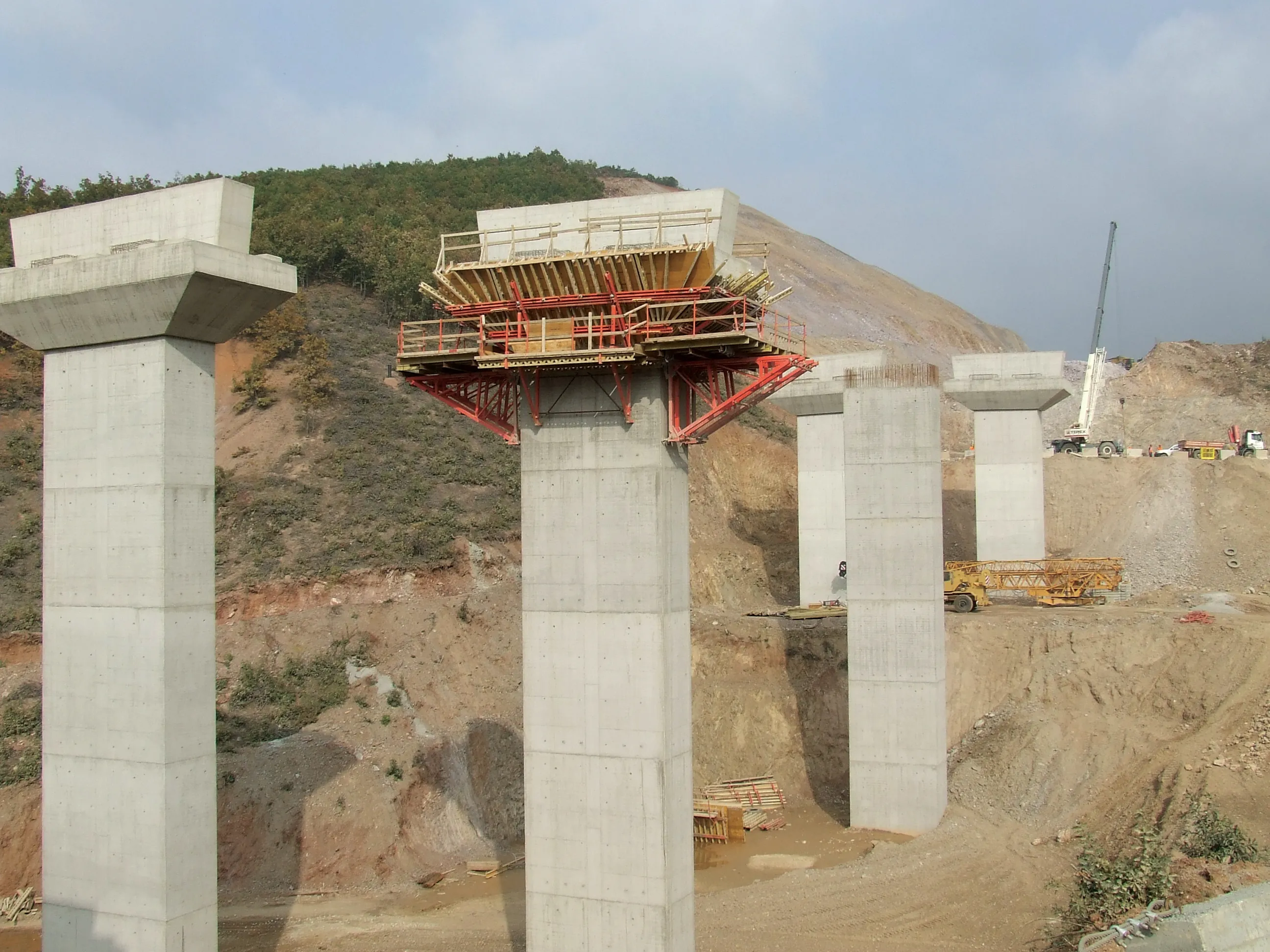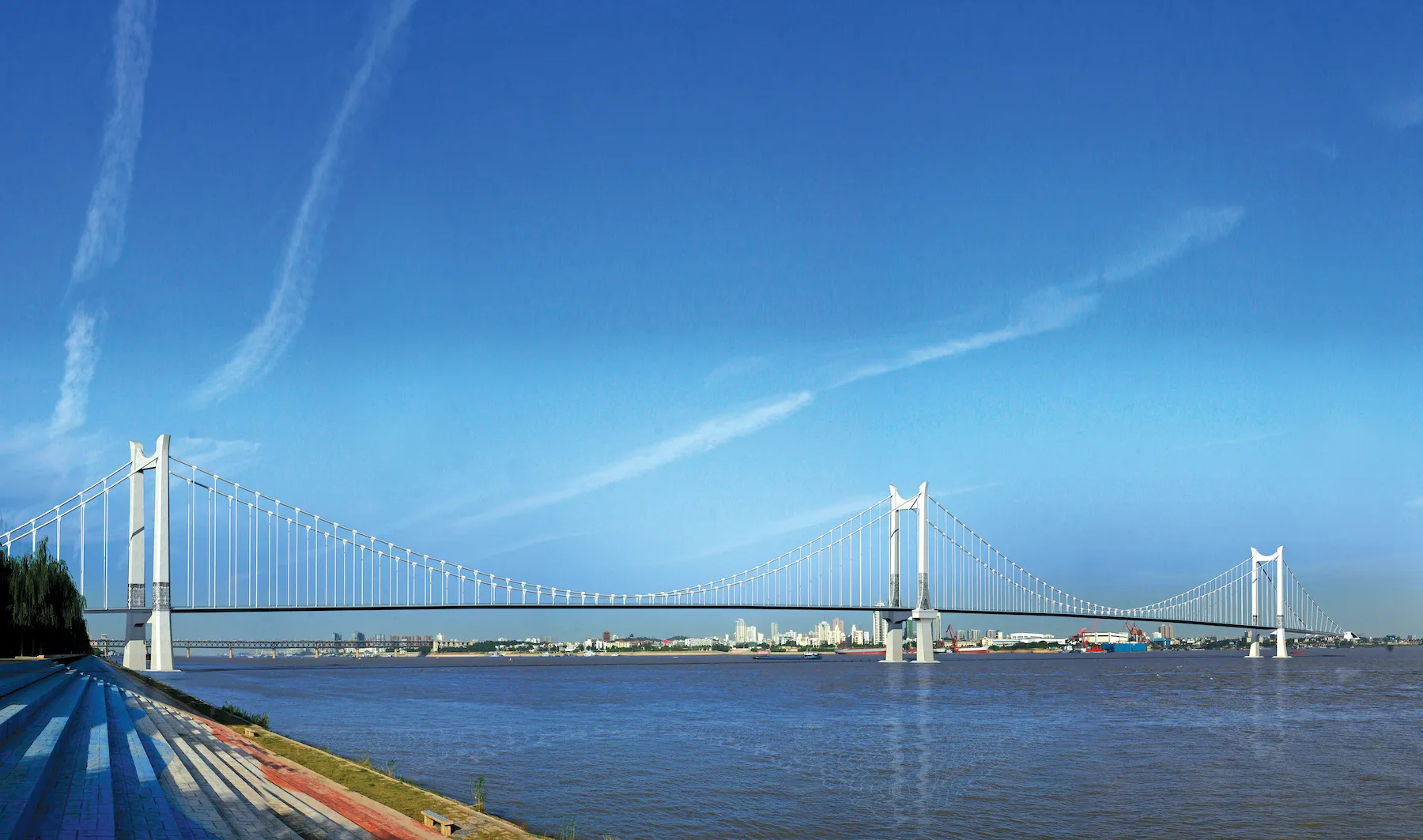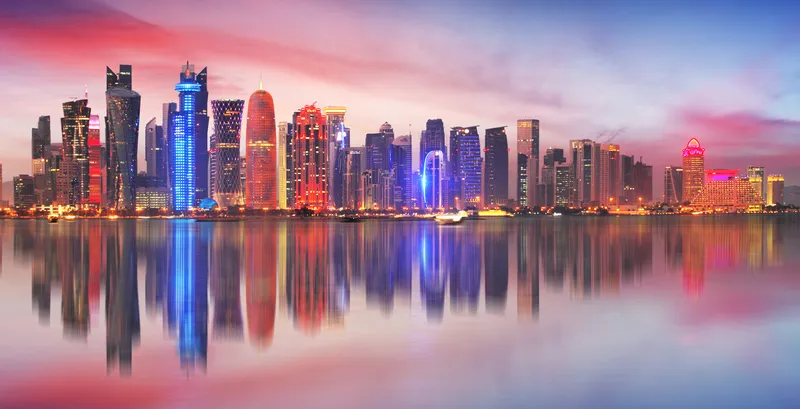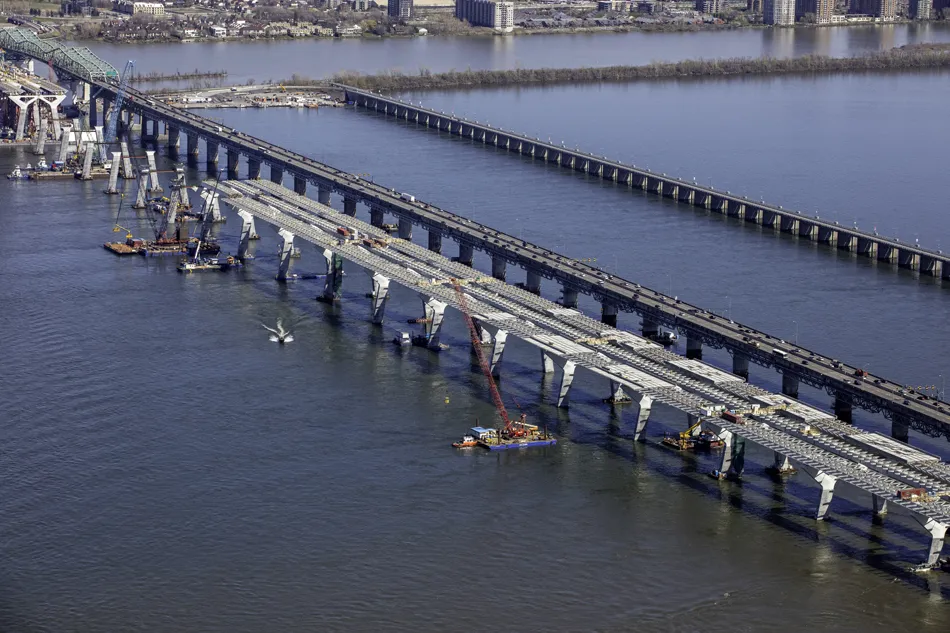Framework plays a key role in construction of bridges and other major infrastructure works – Mike Woof writes
Speeding construction processes can help reduce costs considerably and the latest formwork solutions can provide significant benefits in this regard. In many projects the use of standardized and modular formwork solutions can play a key role, reducing the planning and systems required for bridge building work.
February 24, 2012
Read time: 5 mins

Framework plays a key role in construction of bridges and other major infrastructure works – Mike Woof writes
Speeding construction processes can help reduce costs considerably and the latest formwork solutions can provide significant benefits in this regard. In many projects the use of standardized and modular formwork solutions can play a key role, reducing the planning and systems required for bridge building work.Erecting bridges along modular lines also helps, with US/Turkish joint venture partners Bechtel-Enka having taken this approach to build the 11 bridges that form part of the contract for the Route 7 highway project in Kosovo. Fast construction of the bridges is helping reduce the time needed for the whole project, with key sections being opened nearly 11 months ahead of schedule. Pre-cast beam sections measuring 40m long were formed for the 11 bridges in Bechtel-Enka’s dedicated casting yard. Extensive use of formwork was made to construct the piers, which were also erected along modular lines.
Highly productive construction work has been the benefit of the use of formwork from
A new twin bridge is being built alongside the existing 2.2km Danube crossing close to Beska. The new structure runs parallel to the existing bridge and will allow the addition of four traffic lanes to the E75 highway between Belgrade and Novi Sad, helping cope with anticipated traffic volumes in the future.
The new link features a 180m long foreland bridge on the southern side that is connected to the 540m long main bridge, itself supported by three river piers. Meanwhile on the north side of the new bridge is a 1.5km approach that crosses a floodplain of the Danube. German and Serbian engineers from PERI worked closely with the team from Austrian contractor Alipine Bau on the common formwork concept, using the VARIOKIT parapet carriage and operated from above. This layout means there is no need for additional mounting components such as anchor sleeves, reducing time and simplifying use, as well as providing versatility.
Four VARIOKIT formwork carriages are being used in parallel to one another, which has allowed six casting segments, each 21.5m long, to be built in just five days. One of the formwork carriages also adapts around areas of parapet widening for lamp posts. The system has speeded-up shuttering and striking procedures, boosting productivity for the 4.4km of parapet construction work, allowing the project team to keep within the tight time frame.
PERI also supplied climbing formwork required to build the 40 bridge piers, which feature heights of up to 50m. VARIO GT 24 girder wall formwork was used along with CB 240 climbing brackets to form large-sized, movable units.
Bridge piers featuring hollow box cross-sections used TRIO panel formwork for the internal work, with TRIO shaft elements ensuring that the sections could operate as a complete unit and saving construction time. In addition, a PERI UP suspended scaffold has also been used to provide secure access to the bearing points on the pier heads.
Meanwhile in nearby Romania a new highway bridge spanning the River Mures is using four
For the inside formwork, Doka had to allow for the continuous reduction in the height of the superstructure deck and for a significant narrowing in the inside widths of the box-girder sidewalls. The height of the superstructure deck varied from 8.6-3.8m, while the sidewalls tapered from 0.6-0.4 m. Large-area formwork Top 50 was mounted on movable custom profiles to allow modifications to be carried out in each casting section.
The work was planned in advance from Doka’s headquarters in Amstetted in close partnership with Doka România, with the latter supplying the large-area formwork Top 50 and the high-capacity load-bearing tower Staxo 100 systems for forming and casting the bridge piers and pier-heads.









